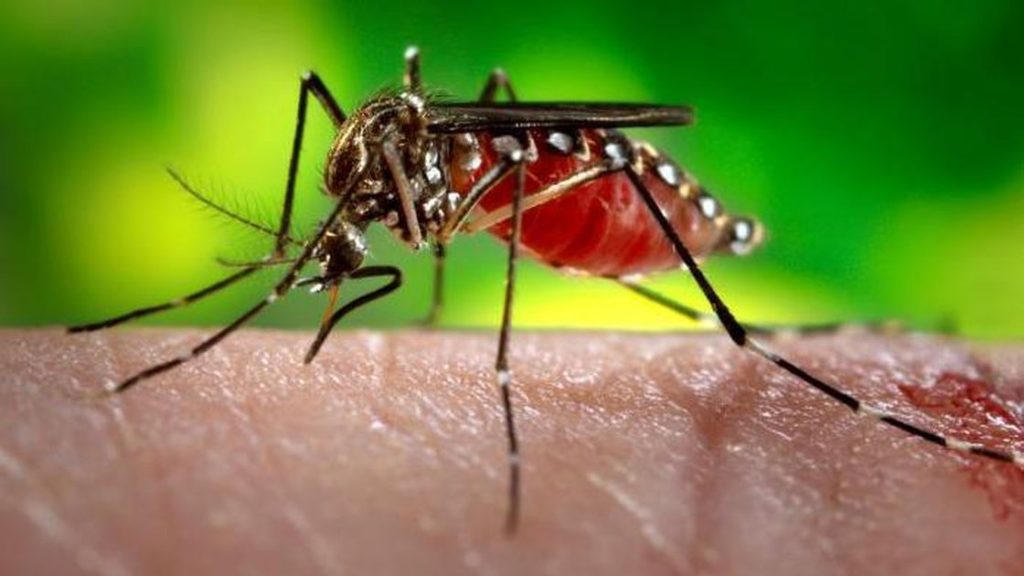 Florida recently reported 10 new cases of Zika virus, the largest one-day total reported in the United States to date. Let’s take a closer look at this emerging infectious disease now that it seems closer to “home.”
Florida recently reported 10 new cases of Zika virus, the largest one-day total reported in the United States to date. Let’s take a closer look at this emerging infectious disease now that it seems closer to “home.”
Key Facts
- Zika virus disease is caused by a virus transmitted primarily by Aedes mosquitoes.
- People with Zika virus disease can have symptoms including mild fever, skin rash, conjunctivitis, muscle and joint pain, malaise or headache. These symptoms normally last for 2-7 days.
- There is scientific consensus that Zika virus is a cause of microcephaly and Guillain-Barré syndrome. Links to other neurological complications are also being investigated. More from World Health Organization Fact Sheet
History
- 1947 – virus was discovered by scientists in a rhesus monkey in the Zika forest of Uganda and named Zika virus.
- 1948 – virus is recovered from a mosquito in the Zika forest.
- 1952 – first human cases of infection were detected in Uganda and the United Republic of Tanzania.
- 2007 – first large outbreak in humans in the Pacific Island of Yap in the Federated States of Micronesia. Prior to this, no outbreaks and only 14 cases had been documented anywhere in the world.
- 2015 – Brazil reported an association between the virus and microcephaly in newborns of mothers that had the disease and also with Guillain-Barré syndrome. Zika virus infection had been in Africa, India, and Southeast Asia for decades and was not associated with microcephaly and Guillain-Barré until it spread to South and Central America.
- 2016 – World Health Organization declared the virus a public health threat, making it “likely to continue spreading to new areas.”
- July, 2016 – Florida reported 10 new cases of virus, the largest one-day total reported in the United States to date. Nearly 1,000 people who have been infected with the virus are now living in the U.S.
Medical Terms Related to Zika Virus Disease
Aedes aegypti (ah-A-days) (eye-GYP-tee) – mosquito most commonly associated with the spread of the Zika virus.
Zika virus – a member of the Flaviviridae virus family, which means it is spread through arthropod vectors such as mosquitoes. Humans and animals serve as the mammal hosts.
Zika virus disease – an emerging infectious disease spread by the bite of an Aedes aegypti mosquito and by sexual contact. These symptoms are mild and normally last for 2-7 days.
Microcephaly (my-kroh-SEF-uh-lee) – literally means small head, (micro- means small and cephal means head) usually the result of the fetal brain developing abnormally causing a significantly smaller head. Intellectual disability and problems with speech, balance, and swallowing are a few of the problems that accompany microcephaly
Guillain-Barré (gee-YAH) (buh-RAY) syndrome – first described by French neurologists Georges Guillain and Jean Alexandre B. Barré in 1916. This rare disorder in which the body’s immune system attacks the nerves is a rapidly ascending motor neuron paralysis beginning with the feet.
Like this post? Share it with friends!







